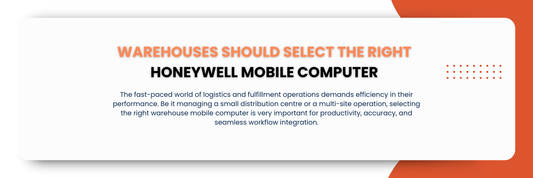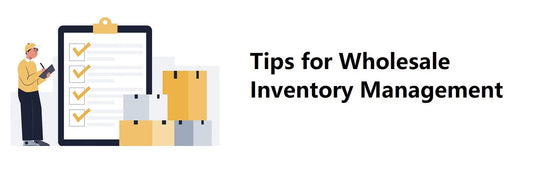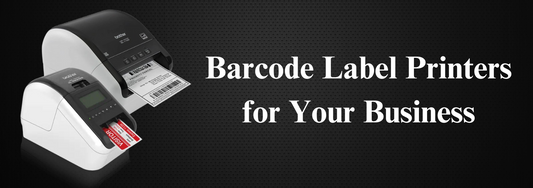An established retailer who has purchased wholesale electronics for resale, an e-commerce seller with a steadily expanding business, or a warehouse manager for wholesale products, whoever you might be, it becomes very important to organize your inventory. It ensures a streamlined workflow that leads to faster shipping, fewer errors, and a more scalable operation.
In this blog, we will explain in detail what is an SKU and how can you create it, how can you print professional barcode labels, and how to set your barcode label printer and start printing. By the end of this blog, not only will you have understood the importance of barcodes and SKUs, but also have a workable knowledge to excel at managing your inventory with ease, so read on.
What Is an SKU and Why You Need One
SKU or Stock Keeping Unit is a unique code assigned to every product variant that is present in your inventory. It can be understood as the fingerprint or the enrollment number of a product, which can help you to keep track of the product and manage the items in your stock with ease and efficiency.
Benefits of Using SKUs:
Maintaining your products by SKUs offers many advantages, apart from just the accuracy that it offers:
-
Faster inventory lookup
-
Easier barcode scanning
-
Cleaner reporting and restocking
-
Compatibility with platforms like Amazon, Shopify, and inventory systems
How to Generate SKUs (the Simple Way)
Although many might tell you that generating a product SKU is a difficult and complex process, it’s not. If you consider the various aspects of the given product, you will easily be able to formulate the SKU for it. To create a unique and well-structured SKU that tells you all about your product, you need to utilize its features, such as the category of product, brand, color, type, and model number.
Example Format:
Take the following as a sample format to follow. This is a basic format for SKUs; you may add other elements or improvise this according to your requirements:
[Category Code] - [Brand Code] - [Model Code] - [Feature Code] - [Color/Variant Code]
Using this format, we have created a sample SKU below for a 2D Barcode Scanner by Honeywell:
SCN-HN-1952G-2D-GRN
Tips:
-
Make sure that you separate the different segments using dashes and do not merge every part.
-
Try and avoid the use of special characters like *, #, @, or /.
-
Ensure that you follow a consistent format across various product lines.
How to Design Your Barcode Labels
Now that you have learned a basic format for SKUs, turning them into scannable labels will further ease the process of keeping track of your inventory. But printing or designing the label also requires you to know what special requirements you have and which barcode label printer can help you print that label. First, let’s understand the common types of labels and the purpose they fulfil:
|
Label Type |
Size |
Use Case |
|
Shipping |
4x6" |
UPS, USPS, Amazon FBA |
|
Product |
2x1" |
Barcode + SKU on product |
|
Inventory |
1.5x0.5" |
Internal rack/bin labels |
Once you have decided on the size of the labels, here is what you must include in a label when designing one:
-
SKU
-
Barcode (UPC, FNSKU, Code128, etc.)
-
Product name or short description
-
Logo (optional)
Now comes the part where you design the label. If you are not aware of any tools, here is a list of the most-used designing tools you can choose from, depending on your convenience:
-
ZebraDesigner- Free for Zebra printers
-
BarTender- Advanced & paid
-
DYMO Label Software- For DYMO printers
How to Set Up Your Printer
After designing comes printing. But label printing cannot be handled by just any other printer; you need to have a specialized barcode label printer that uses adhesive rolls, which are cut in suitable dimensions. Consider purchasing a printer that meets your requirements, can handle tough environments, and is cost-effective.
Next comes setting up this printer with the required media. Following are the steps to set up your printer for a hassle-free performance:
-
Install Printer Driver
-
For Zebra printers, use Zebra Setup Utilities.
-
Load Labels
-
Match the label size used in your design.
-
Configure Settings
-
Set print darkness and speed
-
Test calibration to avoid misalignment
-
Print a Test Label
-
Scan it with a barcode app to verify accuracy
Pro Tip: Automate Your Labeling
If you wish to make your workflow more efficient, you can also automate the labeling process. You can batch generate labels by using CSV or Excel files for printing, say, the labels for 100 SKUs at once. Auto-fill the templates with variable data such as the product name, price, etc. Finally, make use of 1D/2D barcode scanners to speed up the process of order fulfillment and the receiving process.
These few tips can hasten the complete work process by a lot.
Need Help?
Need assistance in generating SKUs, designing scannable labels, buying the best barcode label printer for your printing requirements, or enhancing your workflow with the most efficient barcode scanners? Welcome to EpicRise Electronics, the growth partners in your expanding e-commerce business and warehouse operations. We also offer the complete logistics requirements for your business in bulk, and deal in wholesale electronics for resale.
Click here to learn more about our services and explore our online store.












